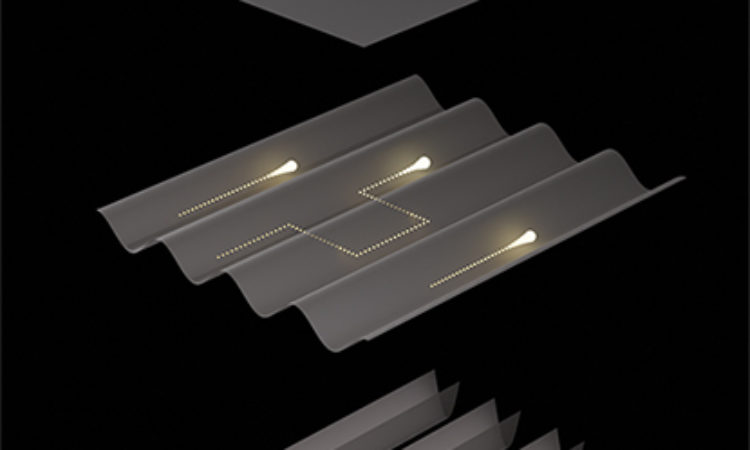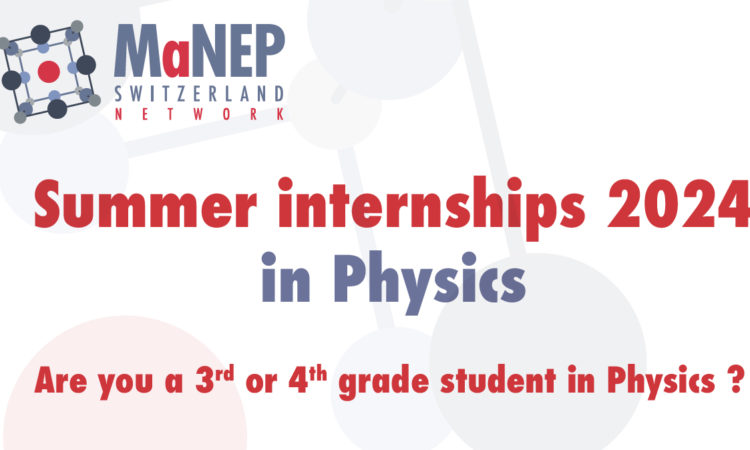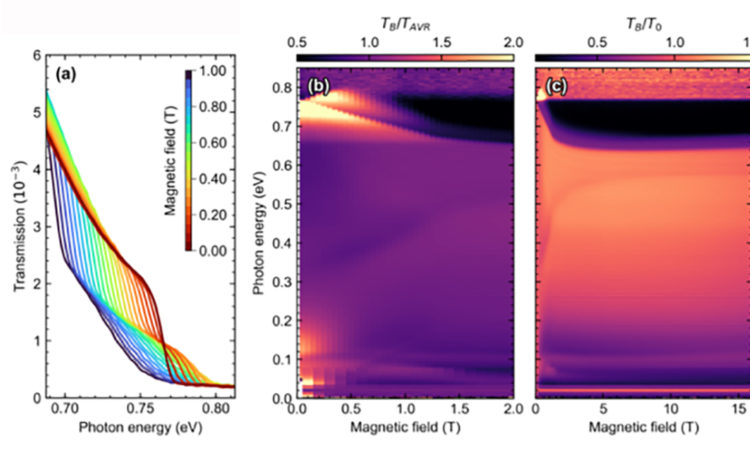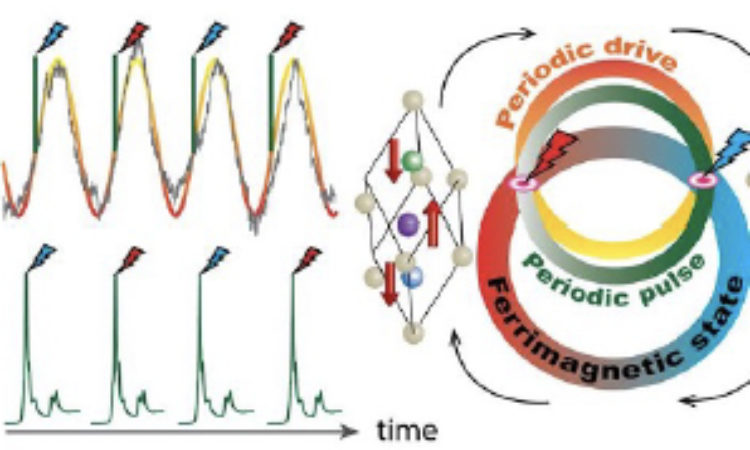A quantum channel made of light
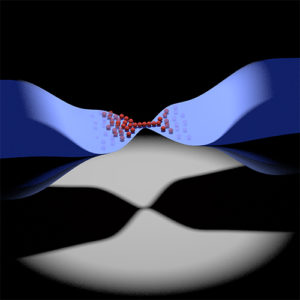
In experiments using ultracold atoms and laser light, ETH researchers have measured a stepwise change in conductivity as the atoms pass through tiny structures.
This is the first time that this quantum effect has been observed for electrically neutral particles. The results have been published in Nature.
Two vessels filled with gas and connected by a channel – this is the basic setting for the experiments carried out by the physicists at the ETH Institute for Quantum Electronics. As one vessel contains more gas than the other, particles flow through the channel from one side to the other. “The question now is how the conductivity changes as we gradually make the channel narrower,” says physics professor and member of MaNEP Network Tilman Esslinger. Initially, the conductivity decreases smoothly. However, at some point an amazing phenomenon appears: the conductivity does not change continuously anymore, but in steps, and the size of the steps is determined by a fundamental entity known as the Planck constant. “This is an immediate consequence of quantum physics,” explains Esslinger. The phenomenon has been observed before, but only in electronic systems, such as in quantum point contacts in specific semiconductor structures. “We have now observed for the first time quantisation of conductivity in neutral matter; that is, for particles that are not charged,” says Esslinger. “This experiment is certainly something for the quantum-physics textbooks.”
This basic-research project, which is supported by the Swiss National Science Foundation (SNF) and the European Union, might be of relevance for the design and construction of the next generation of electronic devices, as it enables the future study of effects that currently cannot be explored with electronic systems.
